A new opportunity would fund development of an AI framework to coordinate actions between a mix of machines on the battlefield.
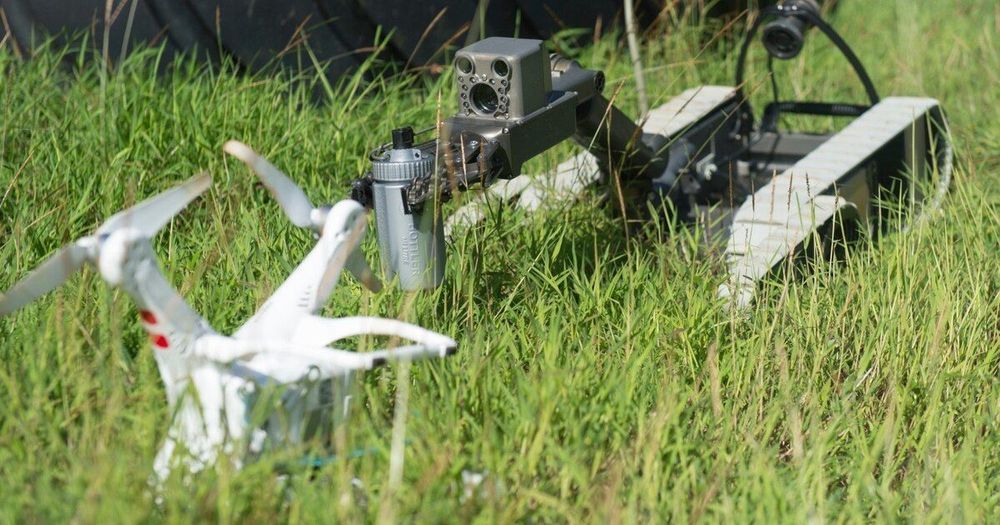

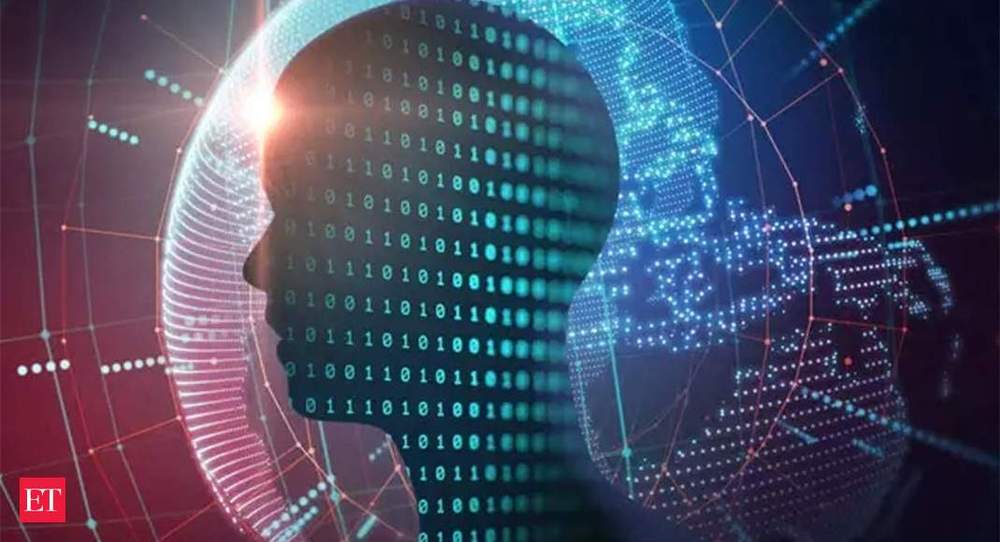
Researchers at the University of California, Los Angeles (UCLA) and the California NanoSystems Institute in Los Angeles have recently developed a soft swimming robot based on a self-sustained hydrogel oscillator. This robot, presented in a paper published in Science Robotics, operates under constant light input without the need for a battery.
“When I shone light on a soft, fast responsive hydrogel pillar, I observed the pillar started to oscillate around the optical beam,” Yusen Zhao, a Ph.D. student involved in the research, said. “It looked very intriguing to me, and I wondered: How can a constant input produce intermittent output? Under what conditions does the oscillation happen? Would it be powerful enough to propel and swim in water, and eventually lead to solar sails? With these questions, I continued systematic studies aiming to achieve these objectives.”
Zhao and his colleagues developed a soft oscillator made of a light-responsive soft gel, which is molded into the shape of a pillar or strip. When light hits a spot of this gel pillar, it is automatically absorbed and converted into heat. The locally heated spot on the robot causes it to eject some of its water and shrink in volume, resulting in its tail bending towards the light source.
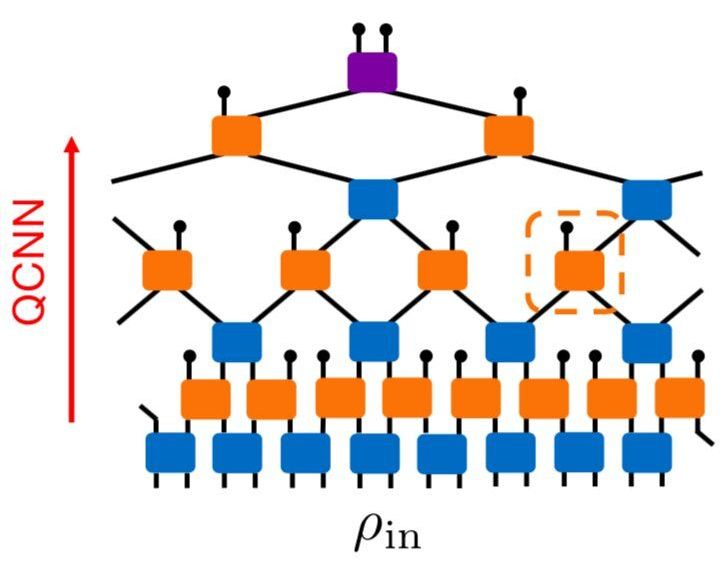
Machine learning techniques have so far proved to be very promising for the analysis of data in several fields, with many potential applications. However, researchers have found that applying these methods to quantum physics problems is far more challenging due to the exponential complexity of many-body systems.

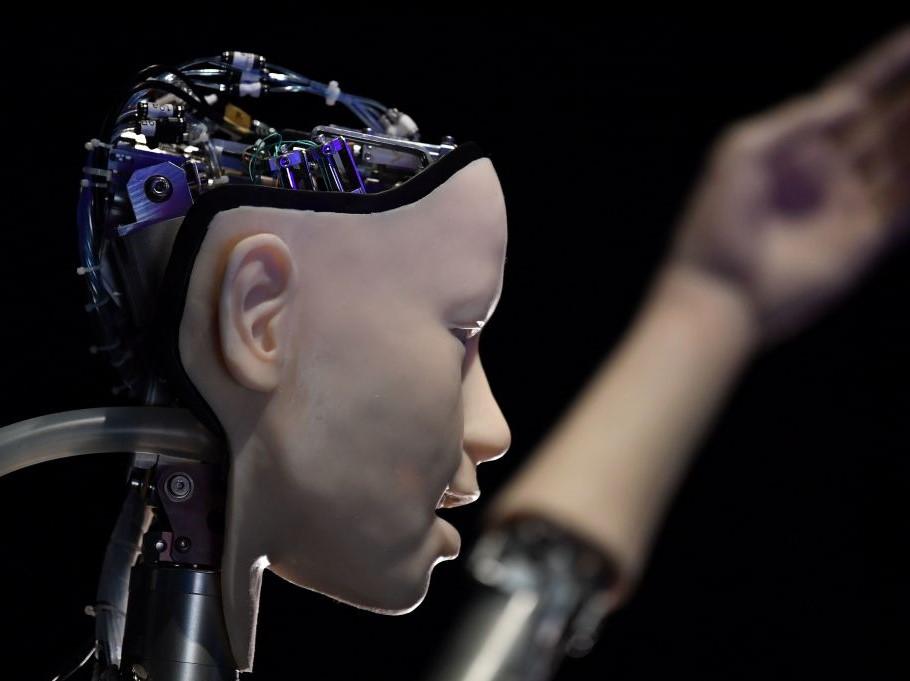
Check out the CRAZIEST Cases Of MIND CONTROL In Nature! From brain controlled robot beetles to ants getting mind controlled by parasitic wasps, this top 10 list of amazing mind control techniques will shock you!
Subscribe For New Videos! http://goo.gl/UIzLeB
Watch our “REAL Mermaid Sightings Around The World!” video here: https://youtu.be/ChM0CBRmVsM
Watch our “10 Sea Monsters ATTACKING A Boat!” video here: https://youtu.be/0XROvoPCDNc
Watch our “STRANGEST Animals People Keep As Pets!” video here: https://youtu.be/OMa96nPqz-Y
10.) Euhaplorchis Californiensis
The Euhaplorchis Californiensis is a parasite that is primarily found in southern California. These parasites live on the gut of shorebirds. Once the very tiny eggs of these parasites develop, they are released into the waters through the shorebirds’ feces. These eggs will live and develop into larva if they are swallowed up by snails.
9.) Acacia Trees
Ants and acacia trees have had a relationship for generations. For the longest time, people just assumed this is how it was and no one really looked into the reasoning for this relationship. That was until some scientists discovered that the relationship is actually more one sided than what people have previously thought.
8.) Phorid Flies
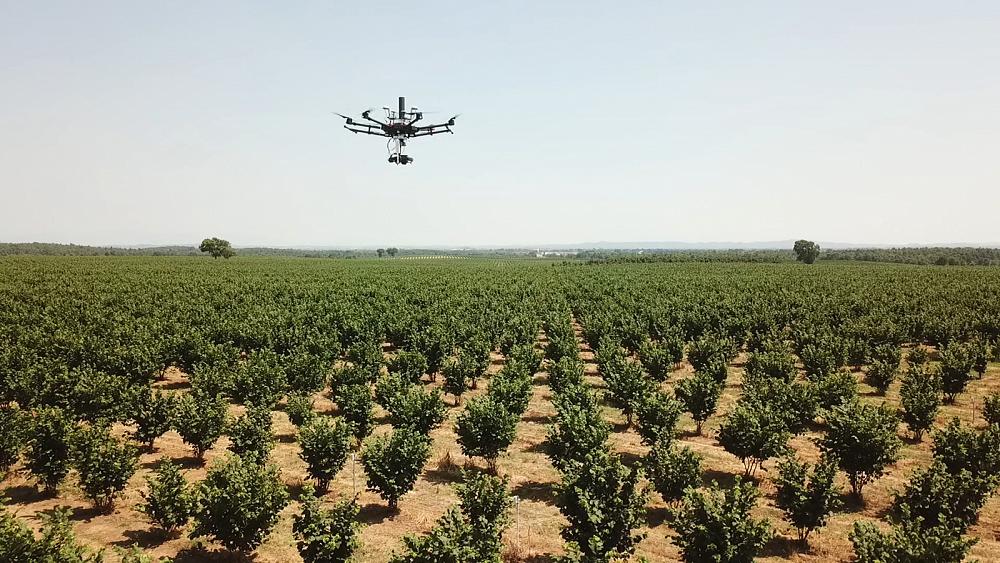

Computer vision is one of the most popular applications of artificial intelligence. Image classification, object detection and object segmentation are some of the use cases of computer vision-based AI. These techniques are used in a variety of consumer and industrial scenarios. From face recognition-based user authentication to inventory tracking in warehouses to vehicle detection on roads, computer vision is becoming an integral part of next-generation applications.
Computer vision uses advanced neural networks and deep learning algorithms such as Convolutional Neural Networks (CNN), Single Shot Multibox Detector (SSD) and Generative Adversarial Networks (GAN). Applying these algorithms requires a thorough understanding of neural network architecture, advanced mathematics and image processing techniques. For an average ML developer, CNN remains to be a complex branch of AI.
Apart from the knowledge and understanding of algorithms, CNNs demand high end, expensive infrastructure for training the models, which is out of reach for most of the developers.
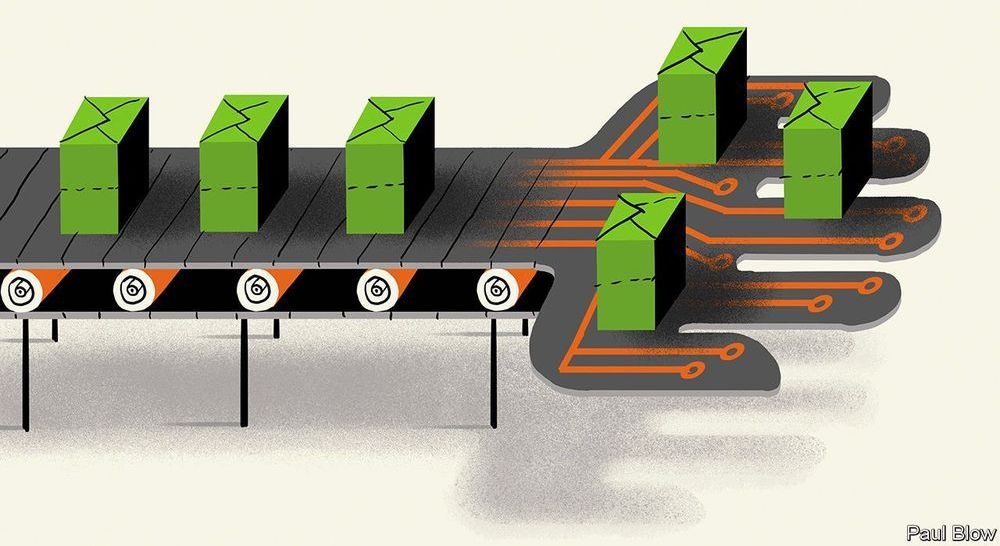
Consultants at Gartner recently calculated that in 2021 “ai augmentation” will create $2.9trn of “business value” and save 6.2bn man-hours globally. A survey by McKinsey last year estimated that ai analytics could add around $13trn, or 16%, to annual global gdp by 2030. Retail and logistics stand to gain most.
Two surprising leaders have emerged from the pack.